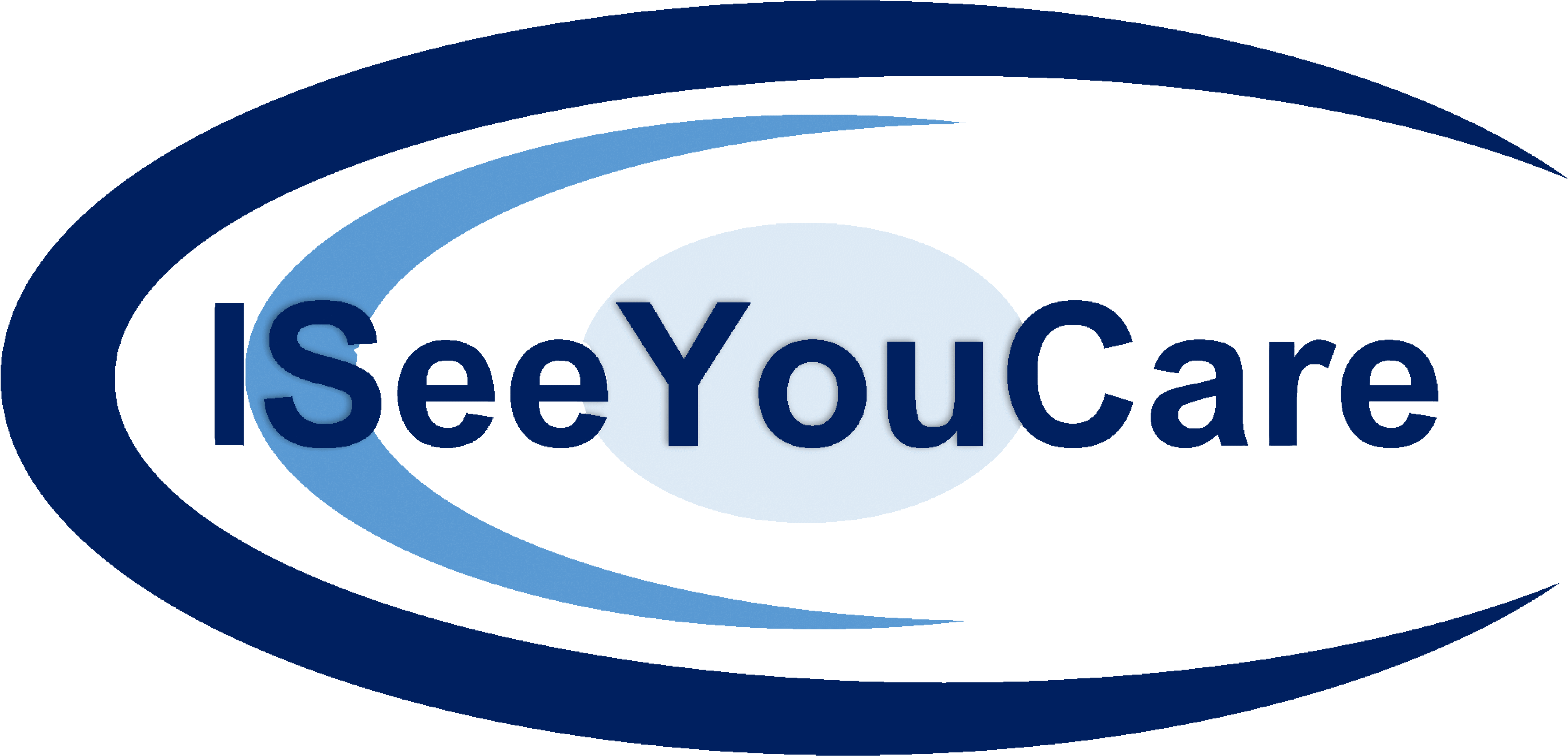What if Healthcare data was managed by the DMV? That conversation recently came up as one of our team members relocated from to a different state. During the process of trying to get a license in the new state of residence, he encountered one problem after another.
Here was the sequence of events:
- He goes to DMV. They tell him that he first needs to get his vehicle inspected
- He goes to get vehicle inspected. Here he is told that he first needs a title
- Now, he doesn’t have a title, so he goes back to DMV to find out how to get one
- He contacts lending institution for them to send copy of title (takes a month)
- He takes his car back to the inspector
- Finally, he goes back to DMV to get new license. He is told it will take 30+ days and is given a temporary tag
- Also, they told him not to display tag on outside of vehicle, as it would get stolen
One would think that the process of transferring a license from one state to another would be fairly simple. But it is not. Why was it so difficult?
- Rules vary by state: One state requires a car owner to hold a title, while the other doesn’t
- There is no automated communication between states
- Departments have created silos and do not communicate or understand each others rules (DMV and Inspectors)
- Third party institutions (banks) do not know the rules for each state
- Antiquated technology (paper temporary tag) used, even though it does not support the necessary business purpose
Wow, this sounds a lot like our healthcare system.
What if?
- States followed same rules for insurance, licensing and data
- True healthcare interchanges could exist to facility transition of care between organizations AND geographies
- We eliminated silos within and between organizations
- Rules were transparent, so that everyone understood them
- Antiquated rules and technologies were tossed aside in favor of new solutions
A Solution for Healthcare Data Transportability
At ISeeYouCare, we know that we cannot fix the broken system. However, we have developed a solution that addresses most of the issues. Our data integration platform breaks down the barriers of disparate EHR platforms and allows patients to extract their data. We build a personal health record that contains all of the patient’s healthcare information. And we allow the patient to take that data with them. After all, of everyone involved in the healthcare system, the patient is the one most likely to move. And shouldn’t your healthcare data be easier to manage than the DMV?

